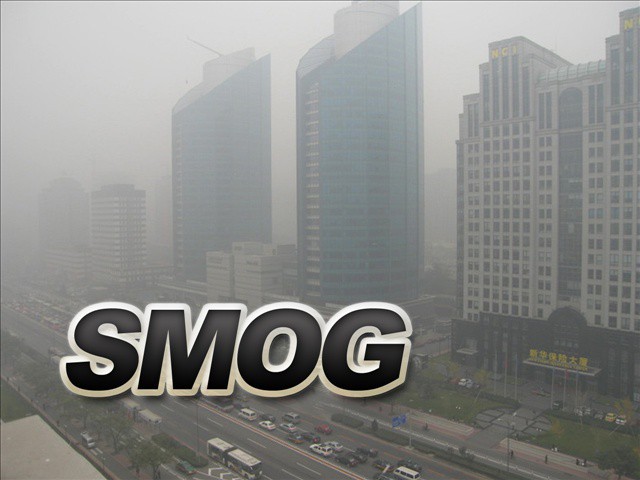HAMPTON, Va. (AP) -- Flying at night over some of the nation's largest metropolitan areas, a team of scientists is trying to get a better idea of exactly how far air pollution travels and how it transforms during the cold, dark days of winter.
The role that emissions from automobiles, agriculture and power plants play in creating unhealthy air during the summertime has been understood for a long time, but there's been little research about what happens to those same pollutants during the winter. That's primarily because summertime conditions of intense sunlight and stagnant atmospheric conditions result in noticeably worse ozone conditions, inviting the extra scrutiny.
"The acute pollution happens close to the source in the summertime, so people notice it and people regulate it and people study it," Steve Brown, a National Oceanic and Atmospheric Administration researcher said Friday. "The emissions that lead to those things don't stop in the wintertime, but there's much less understanding of what the impacts are in the wintertime."
Scientists believe the pollutants travel much farther distances from their source in the winter because there's less sunlight, causing them to react with the atmosphere and create secondary pollutants at a much slower rate. Ultimately, the research could result in better forecasts for air quality in regions far away from the pollution's primary source.
NOAA and researchers from five universities sponsored by the National Science Foundation have been conducting flights from NASA's Langley Research Center in Virginia since Feb. 1 to measure pollutants in the air from New York to Atlanta, and as far west as Cincinnati. The flights - in a C-130 plane turned into a laboratory in the air - will continue through mid-March and extend out to the Atlantic Ocean, allowing researchers to get a better understanding of what happens to the pollutants once they leave the U.S.
Each flight starts with a plan based on weather patterns and target zones focused on either large urban areas, coal-fired power plants, oil and gas extraction fields, agricultural burning, or vegetation. But those plans can change as specially designed instruments detect any hint of a pollutant. The instruments on board can detect concentrations that are one out of a trillion air molecules that are measured each second.
"In the case of Atlanta, the goals would be to characterize Atlanta, but we follow the pollution as it's pushed by the winds into the rural and suburban communities. We can follow it for hundreds of miles," said Joel Thornton, a University of Washington atmospheric scientist who is serving as the project's co-principal investigator with Brown.
The other universities involved in the research are the University of Colorado, University of New Hampshire, Georgia Tech and the University of California at Berkeley.
Thursday
July 3rd, 2025
11:21AM









